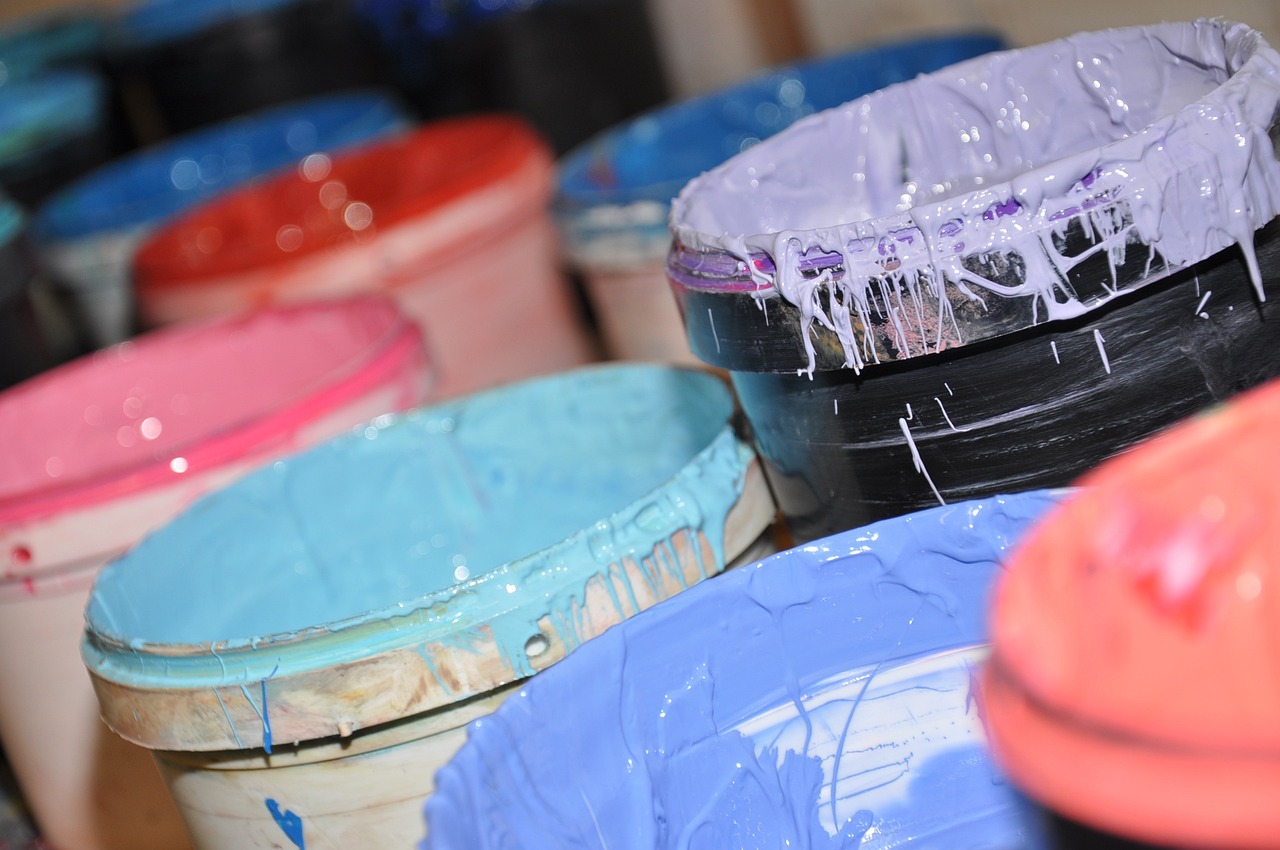云南民族服饰文化
Exploring Ethnic Clothing Patterns in Yunnan
Yunnan, a province in southwestern China, is renowned for its rich cultural diversity, home to dozens of ethnic minorities each with their own unique traditions, customs, and clothing styles. Among the many fascinating aspects of Yunnan's ethnic cultures, the intricate patterns adorning their traditional clothing stand out as a vibrant expression of heritage and identity. Let's delve into the captivating world of Yunnan's ethnic clothing patterns.
Yunnan is a melting pot of ethnicities, with over 25 officially recognized minorities, including the Yi, Bai, Hani, Dai, and Miao, among others. Each group has its distinct cultural practices, language, and attire, reflecting their long history and unique way of life.
For the ethnic minorities of Yunnan, clothing is more than just a practical garment; it is a symbolic representation of their cultural identity, social status, and spiritual beliefs. The intricate patterns woven or embroidered onto their attire carry deep meanings, often rooted in ancient traditions and folklore.
Symbolism and Meaning
The patterns found in Yunnan's ethnic clothing are rich in symbolism, with each motif conveying specific messages about the wearer's identity, clan, marital status, and aspirations. For example:
- Dragon: Among the Yi people, the dragon motif represents power, strength, and protection. It is often worn by warriors and leaders during important ceremonies.
- Floral Patterns: Flowers such as peony, lotus, and orchid symbolize beauty, purity, and abundance in many ethnic groups' clothing designs.
- Animal Motifs: Animals like the phoenix, tiger, and elephant are frequently depicted in Dai and Bai clothing, symbolizing courage, prosperity, and longevity.
- Geometric Designs: Intricate geometric patterns found in Miao and Hani clothing often represent unity, harmony, and the cyclical nature of life.

The creation of these elaborate patterns involves various techniques such as weaving, embroidery, batik, and appliqué, each requiring precision, skill, and creativity. Many of these techniques have been passed down through generations, preserving the cultural heritage of Yunnan's ethnic groups.
Weaving:
Several ethnic groups, including the Bai and Yi, are known for their intricate weaving techniques, producing fabric adorned with geometric patterns or pictorial designs. These patterns are often created using backstrap or foottreadle looms, with each thread carefully selected and dyed to achieve the desired effect.
Embroidery:
Embroidery is another prominent feature of Yunnan's ethnic clothing, with each stitch meticulously applied to create elaborate motifs and embellishments. Miao and Dai women, in particular, are renowned for their exquisite embroidery skills, using colorful threads to adorn garments with floral, animal, and mythological motifs.
Batik:
The art of batik, a waxresist dyeing technique, is widely practiced among the Dai and Bai ethnic groups. Intricate patterns are drawn onto fabric using hot wax, which acts as a barrier to the dye. After dyeing, the wax is removed to reveal the intricate designs, resulting in vibrant and visually stunning garments.
While Yunnan's ethnic clothing traditions have endured for centuries, modernization and globalization pose significant challenges to their preservation. However, efforts are underway to revive and safeguard these cultural treasures for future generations.
Educational Programs:
Local governments and cultural organizations are implementing educational programs to teach young people traditional weaving, embroidery, and dyeing techniques. By passing on these skills to the next generation, they ensure the continuity of Yunnan's rich textile heritage.
Artisan Cooperatives:
Artisan cooperatives and craft markets provide a platform for skilled artisans to showcase and sell their handmade textiles. By supporting these initiatives, consumers can contribute to the economic empowerment of ethnic communities while preserving their cultural traditions.
Cultural Festivals:
Cultural festivals and events celebrating Yunnan's ethnic diversity often feature traditional clothing showcases, where artisans display their finest creations. These festivals not only promote cultural exchange but also raise awareness of the importance of preserving ethnic clothing traditions.
Yunnan's ethnic clothing patterns serve as a colorful tapestry, weaving together the diverse cultural heritage of the region's indigenous peoples. From the intricate weaves of the Yi to the vibrant embroideries of the Dai, each pattern tells a story of tradition, symbolism, and craftsmanship. By celebrating and preserving these ancient textile traditions, we honor the rich cultural tapestry of Yunnan's ethnic minorities for generations to come.





